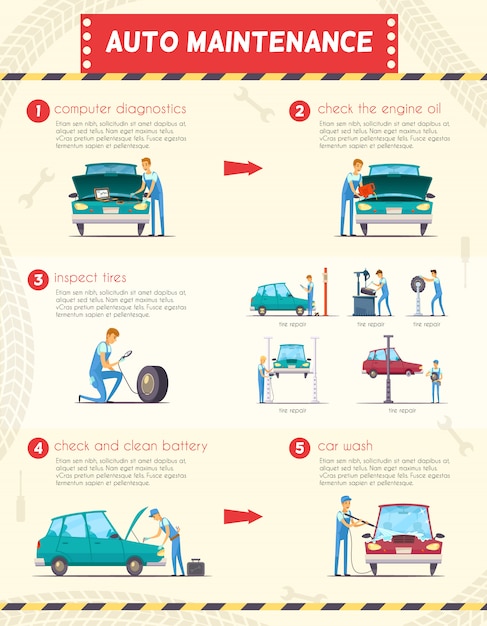Learn To Translate Vehicle Caution Lights And Address Potential Problems With Assurance
Learn To Translate Vehicle Caution Lights And Address Potential Problems With Assurance
Blog Article
Web Content Author-Guy Emery
When you're behind the wheel, those little caution lights on your automobile's control panel can be quite bewildering. What do they indicate, and should you be concerned? Recognizing these signals is crucial for your car's wellness, but it does not have to be a complicated job. By deciphering the mystery behind each light, you'll be equipped to handle prospective problems effectively and keep your vehicle running efficiently. So, next time a warning light flashes, don't panic - arm on your own with knowledge and take control of the situation.
Relevance of Vehicle Caution Lights
Recognizing the significance of your cars and truck's warning lights is important for keeping your lorry's health and wellness. These lights work as your vehicle's communication system, informing you to possible concerns that could jeopardize your safety when traveling or result in costly repair services if neglected. By paying attention to these cautions, you can resolve problems early and protect against further damage to your lorry.
Disregarding warning lights can lead to major consequences, such as engine failure, brake breakdowns, or even mishaps. These lights are designed to alert you of problems ranging from reduced tire pressure to engine malfunctions, giving you the possibility to take action prior to the scenario intensifies. On a regular basis examining and understanding these cautions can conserve you time, money, and guarantee your safety while driving.
In addition to maintaining you safe, responding without delay to warning lights can likewise help lengthen the lifespan of your vehicle. By addressing click the up coming web site on, you can protect against little issues from rising into significant repair services, eventually conserving you money and time over time. Keep in mind, your automobile's caution lights are there for a reason - don't disregard them!
Common Caution Lighting and Meanings
When it involves driving your car, knowing typical caution lights and their definitions is essential for your safety and security and automobile maintenance. Below are https://andresmgauo.mdkblog.com/35568666/baffled-regarding-exactly-how-to-select-the-ideal-vehicle-service-center-explore-crucial-tips-for-evaluating-regional-mechanics-to-assure-your-car-obtains-credible-treatment of typical warning lights you might come across:
1. ** Check Engine Light **: This light suggests an issue with your engine. Maybe something minor like a loosened gas cap or something much more significant like engine misfiring.
2. ** Battery Light **: This light signals a problem with your cars and truck's billing system. It can suggest a defective battery, generator, or other associated parts.
3. ** Oil Stress Light **: When this light comes on, it indicates your engine may be running low on oil or experiencing low oil pressure, which can bring about engine damages otherwise addressed without delay.
4. ** Brake System Light **: This light indicates a concern with your stopping system. It can mean reduced brake fluid levels or a trouble with the brake system that calls for immediate attention.
Understanding car overheating solutions will certainly aid you identify prospective problems early on and stop even more considerable troubles later on.
Just how to Reply To Caution Lighting
In case a caution light brightens on your vehicle's dashboard, it's important to react immediately and suitably. When a caution light comes on, the initial step is to consult your proprietor's manual to comprehend the details concern indicated by the light.
Some lights call for prompt focus, while others may suggest a much less immediate issue. If the warning light is red or blinking, it's normally an indication of a significant trouble that requires instant activity. In such cases, it's advisable to pull over safely, turn off the engine, and look for professional aid.
For yellow or orange caution lights, while they may not need prompt focus, it's still essential to deal with the underlying issue without delay to stop further damage. Routine upkeep and inspection can help avoid advising lights from coming on all of a sudden.
Final thought
To conclude, understanding your auto's caution lights is essential for preserving your automobile's health and wellness. By consistently inspecting and reacting to these warnings, you can resolve possible concerns early and stop expensive repair work or security dangers. Remember to consult your proprietor's guidebook for info on different warning lights and always take prompt action for red or blinking lights. Keep positive and maintain your automobile running efficiently!
